Home>Gardening & Outdoor>Landscaping Ideas>What To Put Under Artificial Grass On Concrete
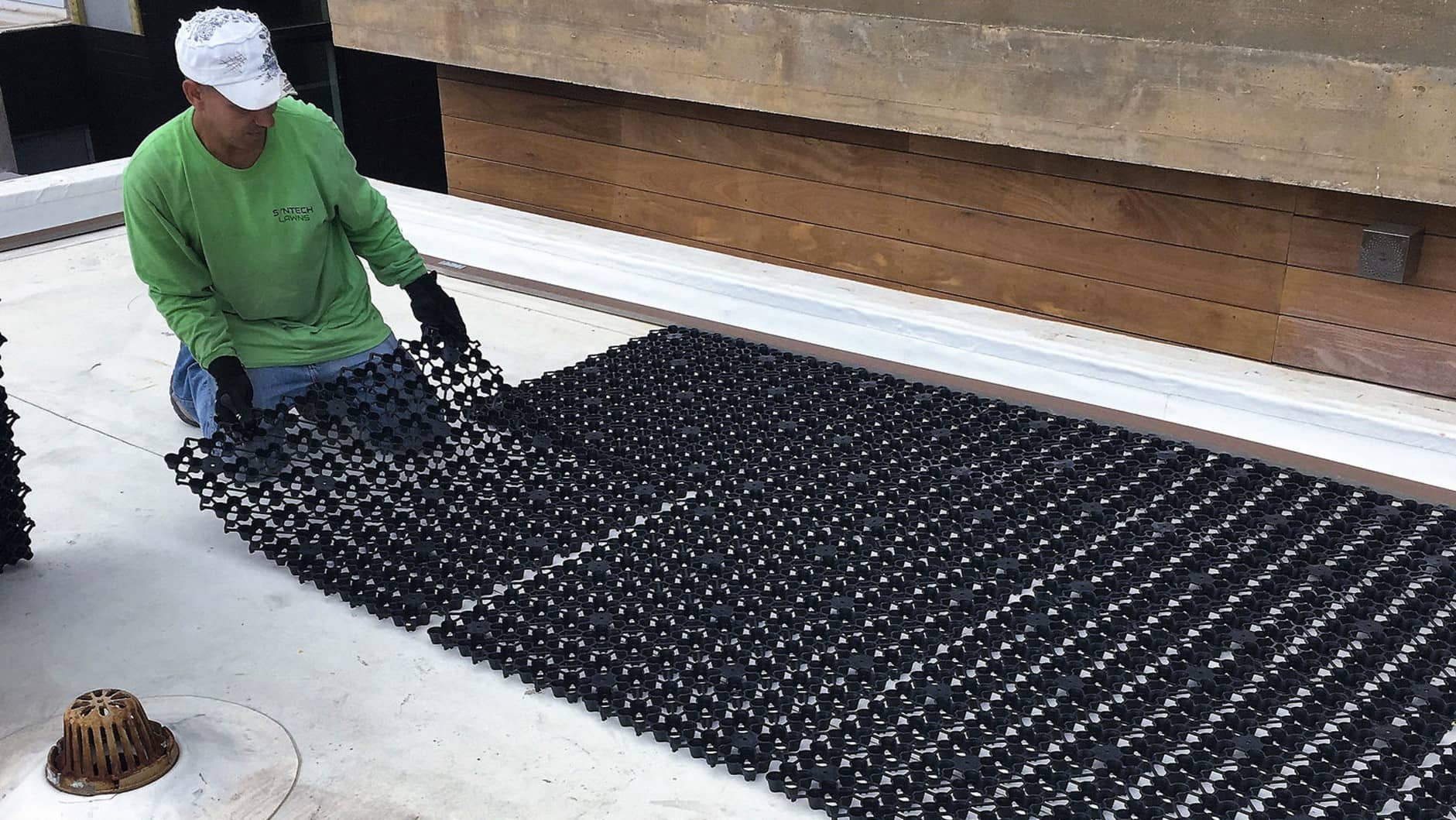

Landscaping Ideas
What To Put Under Artificial Grass On Concrete
Modified: March 28, 2024
Discover effective landscaping ideas for covering concrete with artificial grass. Learn how to enhance your outdoor space with these creative solutions.
(Many of the links in this article redirect to a specific reviewed product. Your purchase of these products through affiliate links helps to generate commission for Storables.com, at no extra cost. Learn more)
Introduction
Artificial grass has become a popular choice for homeowners and businesses seeking a low-maintenance and visually appealing alternative to natural grass. When it comes to installing artificial grass on concrete surfaces, such as patios, balconies, or driveways, choosing the right underlay is crucial. The underlay not only provides a cushioning layer for the artificial turf but also helps with drainage and overall durability.
In this comprehensive guide, we will explore the benefits of installing artificial grass on concrete, the different types of underlay available, and the essential steps to ensure a successful installation. Whether you’re looking to transform a dull concrete area into a vibrant outdoor space or create a safe play area for children, understanding the options for underlay is essential for achieving a long-lasting and visually appealing result.
Key Takeaways:
- Transforming concrete areas with artificial grass offers benefits such as low maintenance, enhanced aesthetics, and durability, making it a practical and visually appealing option for outdoor spaces.
- Choosing the right underlay, like shock pad, rubber, or composite, is crucial for ensuring comfort, drainage, and stability when installing artificial grass on concrete, creating a long-lasting and inviting outdoor environment.
Read more: What To Put Under Patio Stones
Benefits of Installing Artificial Grass on Concrete
Transforming a concrete area with artificial grass offers numerous benefits, making it a popular choice for residential and commercial properties alike. Here are some key advantages of installing artificial grass on concrete:
- Enhanced Aesthetics: Artificial grass instantly adds lush greenery and a natural aesthetic to otherwise dull concrete surfaces, creating an inviting and visually appealing space.
- Low Maintenance: Unlike natural grass, artificial turf on concrete requires minimal maintenance. There’s no need for mowing, watering, or applying pesticides, saving both time and money.
- Durability: Concrete can be a durable foundation for artificial grass, providing a stable and long-lasting surface for various activities and foot traffic.
- Year-Round Greenery: Regardless of the weather or climate, artificial grass maintains its vibrant green appearance throughout the year, offering a consistent and attractive outdoor space.
- Versatility: Installing artificial grass on concrete opens up a range of possibilities, from creating a cozy rooftop garden to designing a safe and enjoyable play area for children.
- Water Conservation: By replacing concrete with artificial grass, you contribute to water conservation efforts by eliminating the need for regular watering, especially in regions prone to drought.
- No Mud or Mess: Artificial grass eliminates the issue of mud and dirt often associated with natural grass, providing a clean and mud-free surface for various activities and events.
- Sound Absorption: When installed with an appropriate underlay, artificial grass on concrete can help absorb and reduce noise, creating a quieter and more peaceful outdoor environment.
These benefits make artificial grass an attractive option for transforming concrete spaces into vibrant, low-maintenance, and visually appealing areas suitable for various uses and activities.
Types of Underlay for Artificial Grass on Concrete
Choosing the right underlay for artificial grass on concrete is essential for ensuring a comfortable, durable, and visually pleasing surface. There are several types of underlay available, each offering unique features and benefits:
- Shock Pad Underlay: This type of underlay provides cushioning and impact absorption, making it ideal for creating a safe and comfortable surface, especially in areas where children play. It also helps to improve the overall feel and comfort of the artificial grass.
- Perforated Foam Underlay: Perforated foam underlay is designed to enhance drainage, making it suitable for areas where water runoff and drainage are crucial. It helps prevent water from pooling on the surface, ensuring a dry and usable space even after heavy rainfall.
- Rubber Underlay: Rubber underlay offers excellent durability and is often used in high-traffic areas. It provides a stable and resilient foundation for artificial grass, making it suitable for sports fields, playgrounds, and commercial spaces.
- Composite Underlay: Composite underlay combines different materials to offer a balance of cushioning, drainage, and durability. It is a versatile option suitable for various applications, providing a comfortable and long-lasting surface.
- Non-Woven Geotextile Underlay: Geotextile underlay is designed to provide additional stability and prevent weed growth. It acts as a barrier between the concrete surface and the artificial grass, ensuring a smooth and weed-free installation.
Each type of underlay offers specific advantages, and the choice depends on factors such as the intended use of the space, local climate conditions, and desired comfort and durability. By selecting the right underlay, you can optimize the performance and longevity of the artificial grass on concrete, creating a functional and inviting outdoor area.
Before installing artificial grass on concrete, it’s important to put a layer of compacted crushed rock or decomposed granite to provide proper drainage and a stable base for the grass to sit on. This will help prevent any unevenness or shifting over time.
Steps to Install Underlay for Artificial Grass on Concrete
Proper installation of the underlay is essential for ensuring the longevity, performance, and visual appeal of artificial grass on concrete. Here are the key steps to follow when installing underlay for artificial grass:
- Prepare the Surface: Thoroughly clean the concrete surface to remove any debris, dirt, or existing vegetation. Ensure that the area is smooth and free of any irregularities that could affect the installation of the underlay.
- Measure and Cut the Underlay: Measure the dimensions of the area and cut the underlay to fit the space, ensuring a precise and snug fit. Overlapping seams should be minimal, and any excess material can be trimmed as needed.
- Secure the Underlay: Lay the underlay over the prepared concrete surface, ensuring that it is positioned evenly and securely. Depending on the type of underlay, it may require adhesive, tape, or fasteners to hold it in place and prevent shifting or movement.
- Ensure Proper Drainage: If the underlay has drainage capabilities, ensure that it is positioned to allow for proper water runoff. This is particularly important in areas prone to heavy rainfall or where water accumulation could be a concern.
- Test for Comfort and Stability: Once the underlay is in place, walk on the surface to test its comfort and stability. The underlay should provide a cushioning effect and a comfortable feel underfoot, enhancing the overall experience of the artificial grass.
- Inspect for Smoothness and Uniformity: Inspect the underlay to ensure that it is smooth and free of any wrinkles or imperfections. A uniform and level underlay surface is essential for achieving a visually pleasing and professional-looking installation.
- Proceed with Artificial Grass Installation: Once the underlay is properly installed and secured, proceed with laying the artificial grass over the underlay according to the manufacturer’s guidelines. Ensure that the artificial grass is positioned and secured correctly to achieve a seamless and polished final result.
Following these steps ensures that the underlay is installed effectively, providing the necessary support, comfort, and functionality for the artificial grass on concrete. Proper installation contributes to the overall performance and longevity of the artificial grass surface, creating an inviting and durable outdoor space.
Conclusion
Installing artificial grass on concrete surfaces offers a multitude of benefits, from enhancing the aesthetics of outdoor areas to providing a low-maintenance and durable alternative to natural grass. Choosing the right underlay is crucial for ensuring the comfort, stability, and longevity of the artificial grass installation.
By understanding the benefits of installing artificial grass on concrete and the various types of underlay available, property owners can make informed decisions to create inviting and functional outdoor spaces. Whether it’s a residential patio, a commercial rooftop, or a children’s play area, artificial grass on concrete, with the appropriate underlay, offers a versatile and visually appealing solution.
Following the essential steps for installing underlay, including proper preparation, precise measurement and cutting, secure installation, and testing for comfort and stability, contributes to the overall success of the artificial grass installation. The underlay not only provides cushioning and support but also helps with drainage and weed prevention, ensuring a well-maintained and enjoyable outdoor surface.
Ultimately, the combination of artificial grass and the right underlay transforms concrete areas into vibrant, low-maintenance, and visually appealing spaces suitable for various activities and uses. Whether it’s creating a relaxing outdoor retreat or a safe and enjoyable play area, artificial grass on concrete, when installed with the appropriate underlay, offers a practical and attractive solution for property owners seeking to maximize the potential of their outdoor environments.
By considering the benefits, types of underlay, and installation steps outlined in this guide, property owners can confidently embark on the journey of transforming their concrete surfaces with artificial grass, creating inviting and enduring outdoor spaces for years to come.
Frequently Asked Questions about What To Put Under Artificial Grass On Concrete
Was this page helpful?
At Storables.com, we guarantee accurate and reliable information. Our content, validated by Expert Board Contributors, is crafted following stringent Editorial Policies. We're committed to providing you with well-researched, expert-backed insights for all your informational needs.
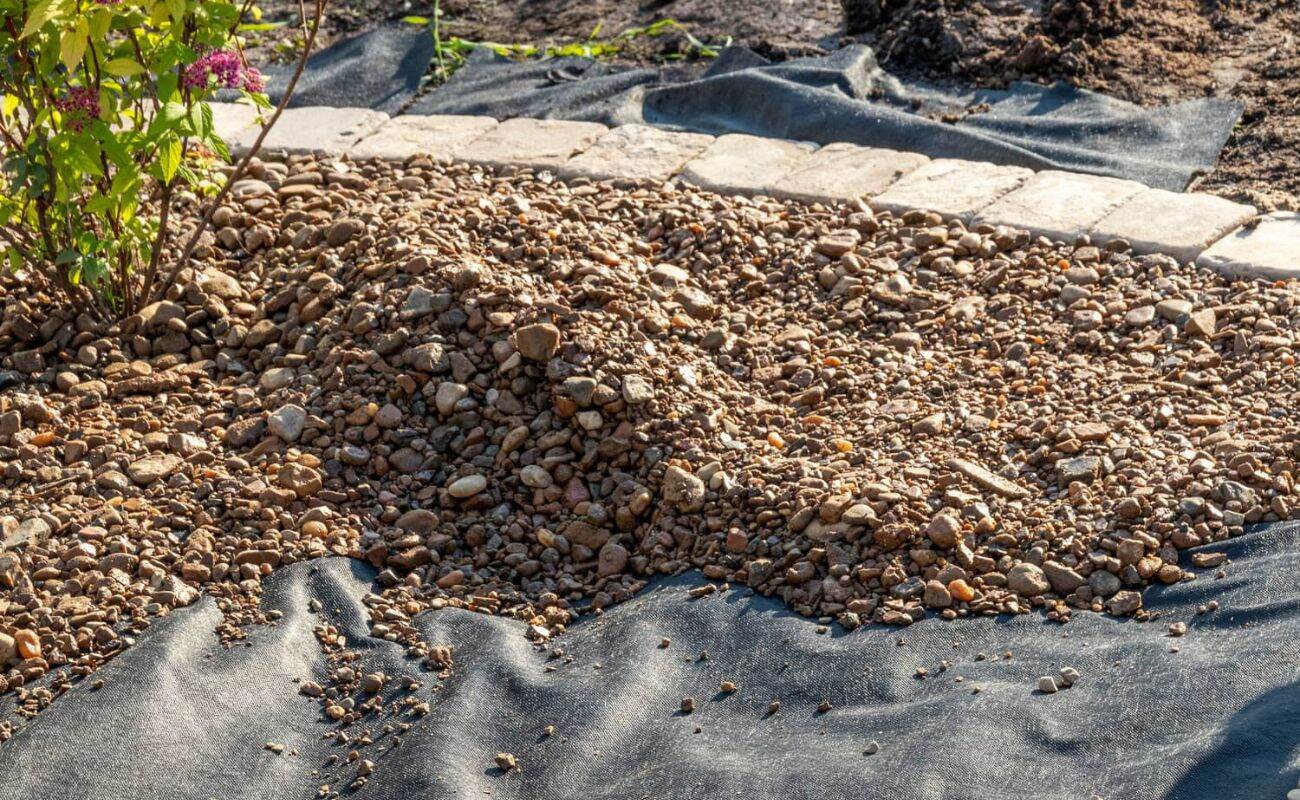
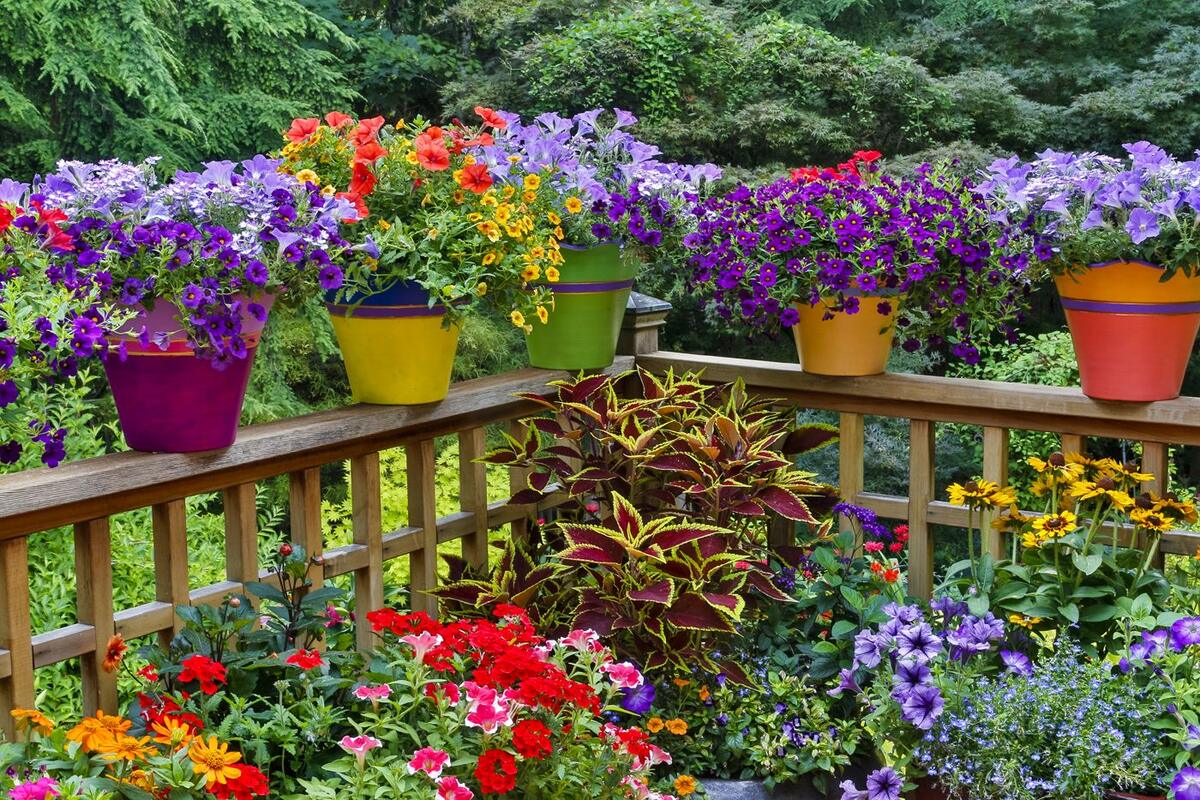
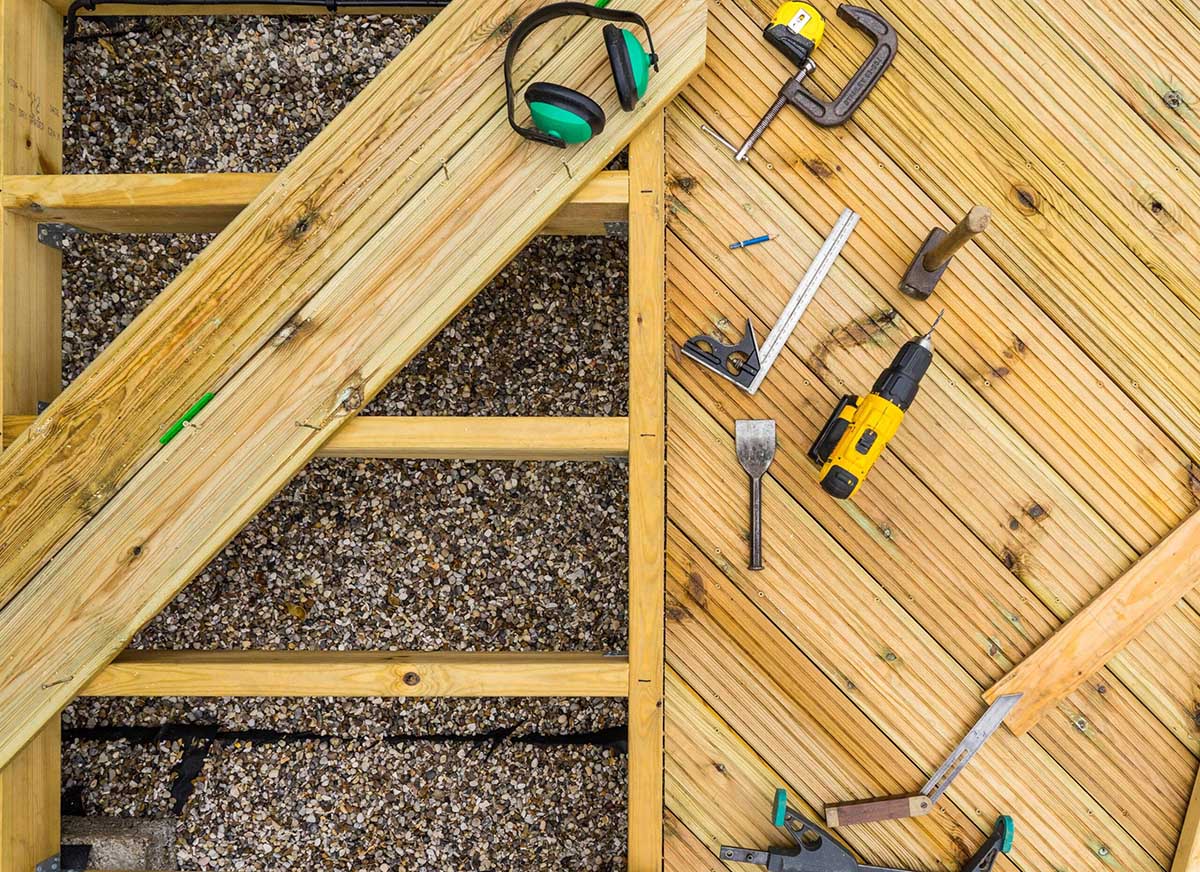
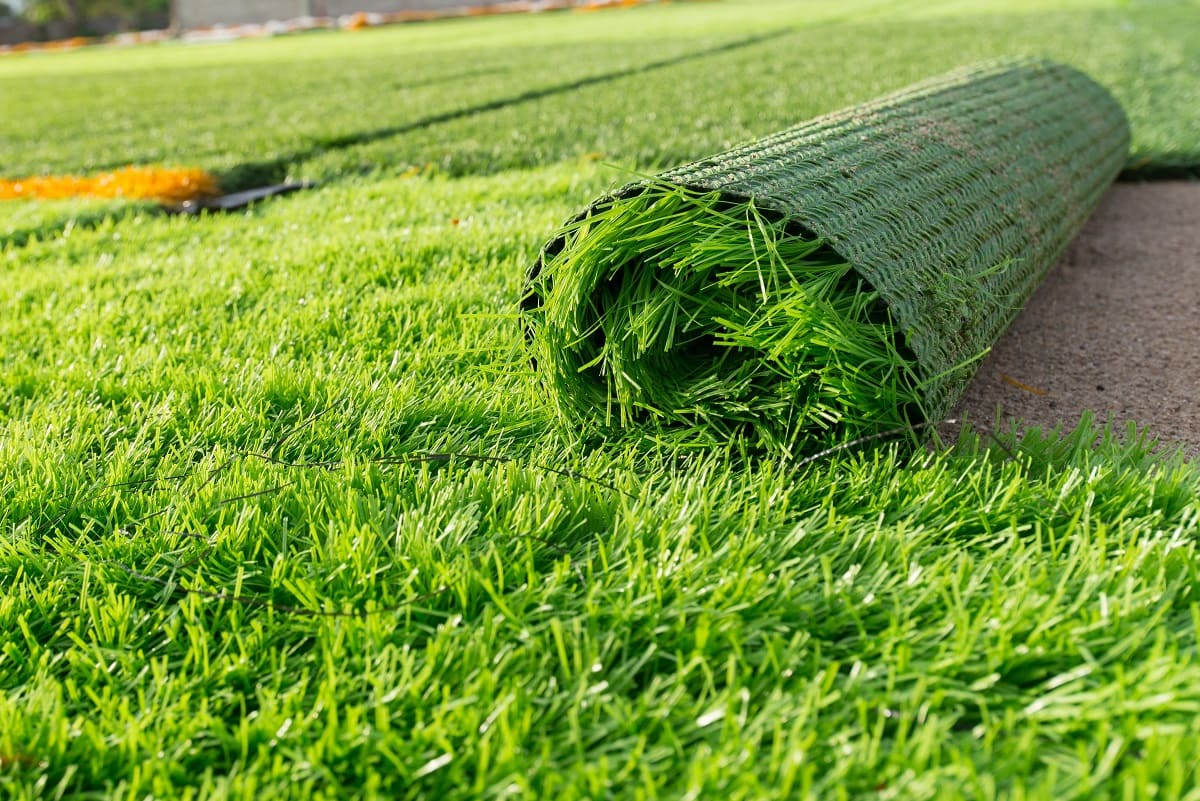
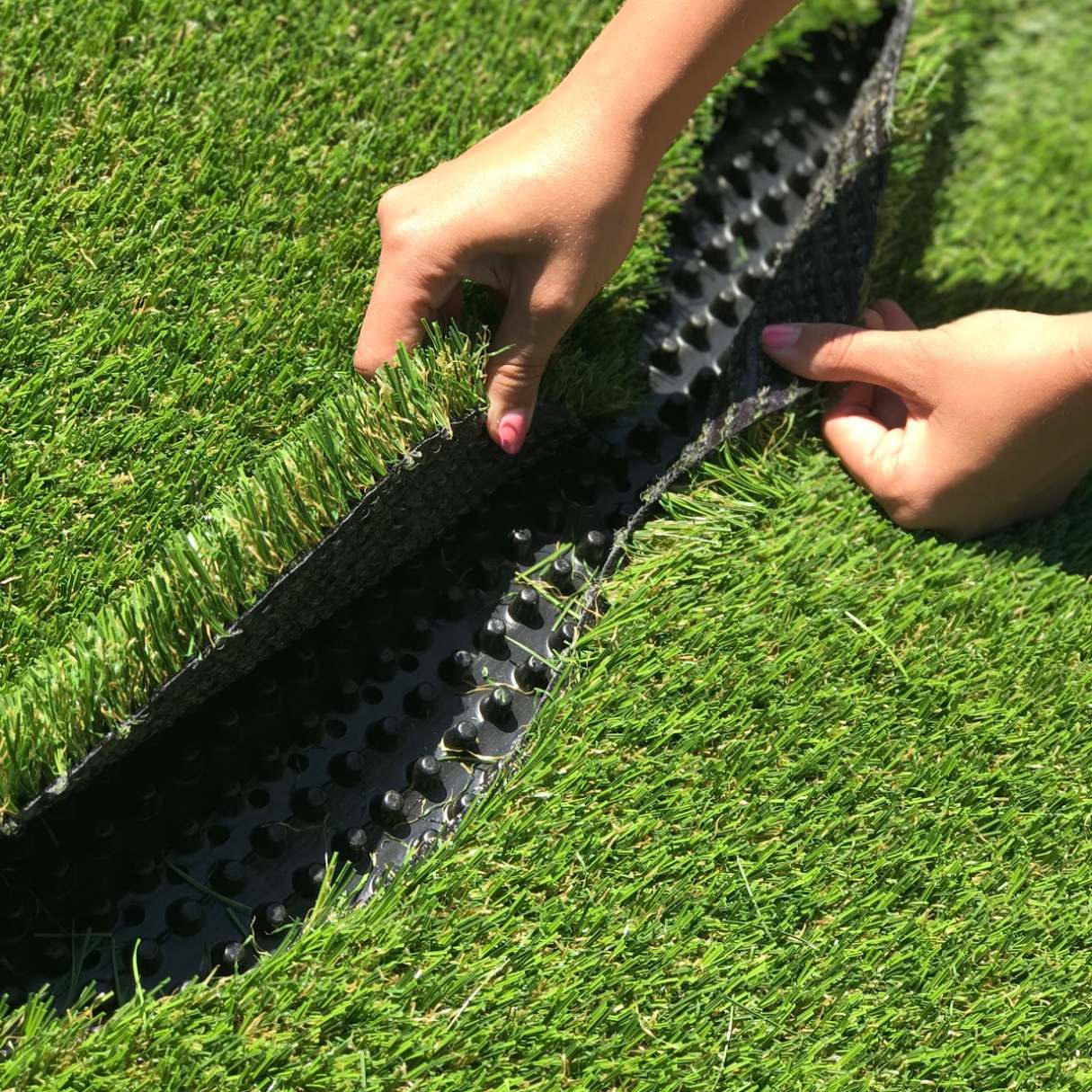

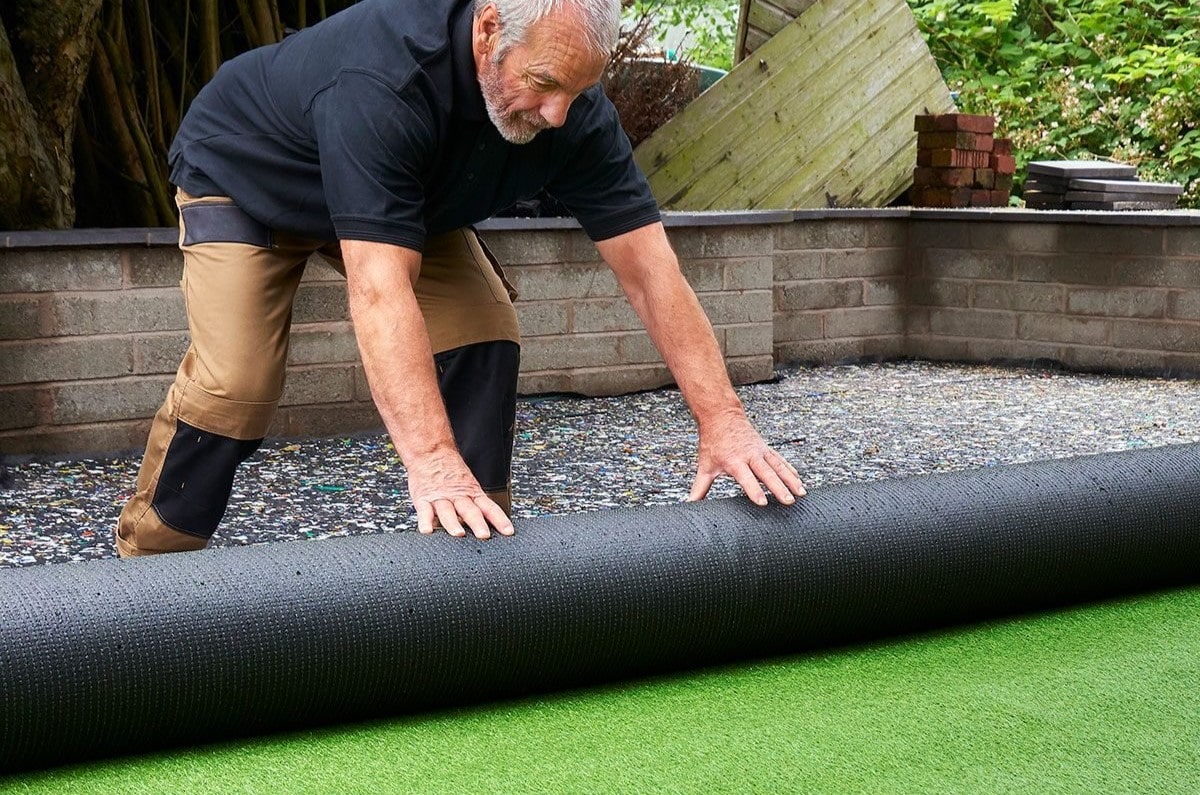
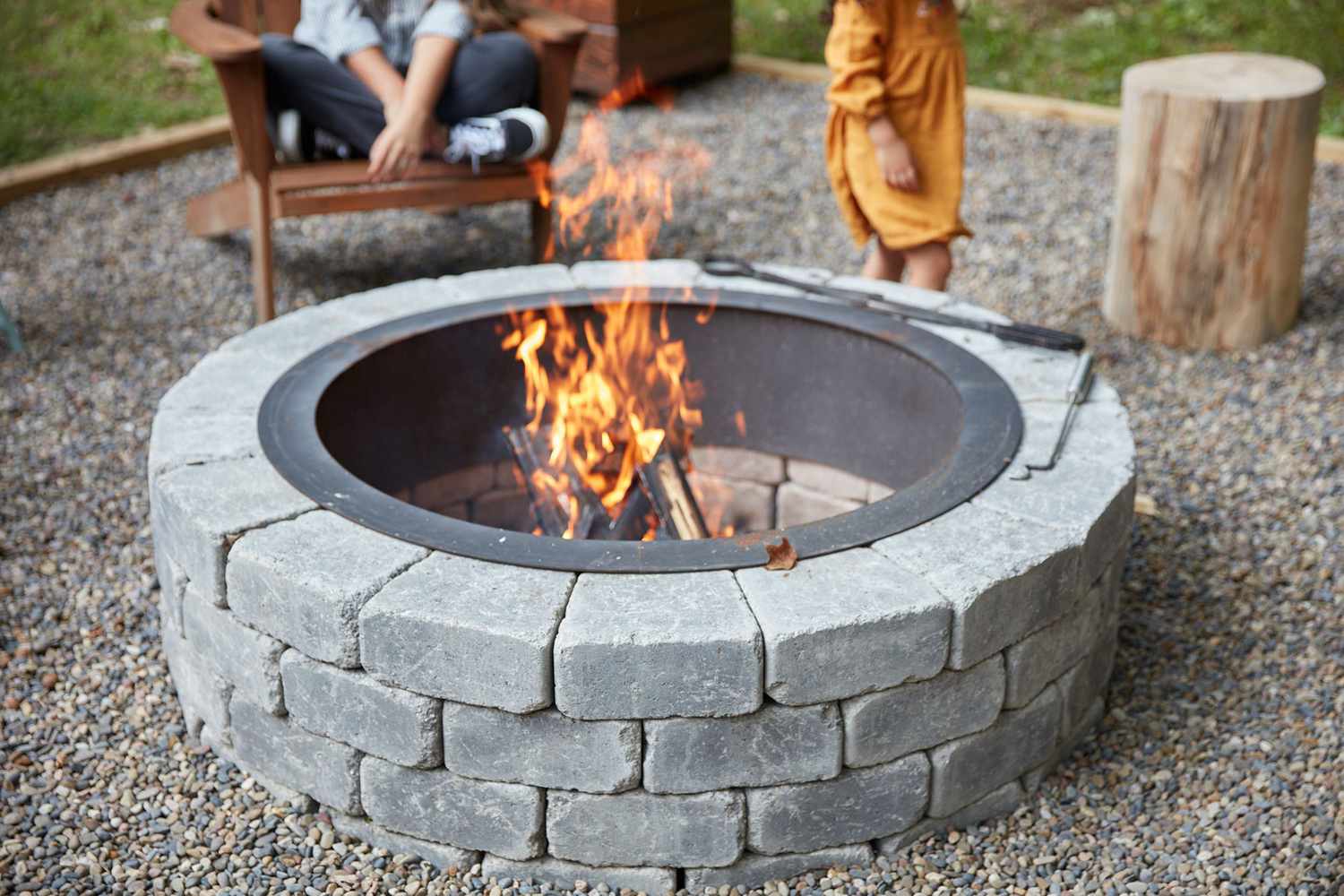
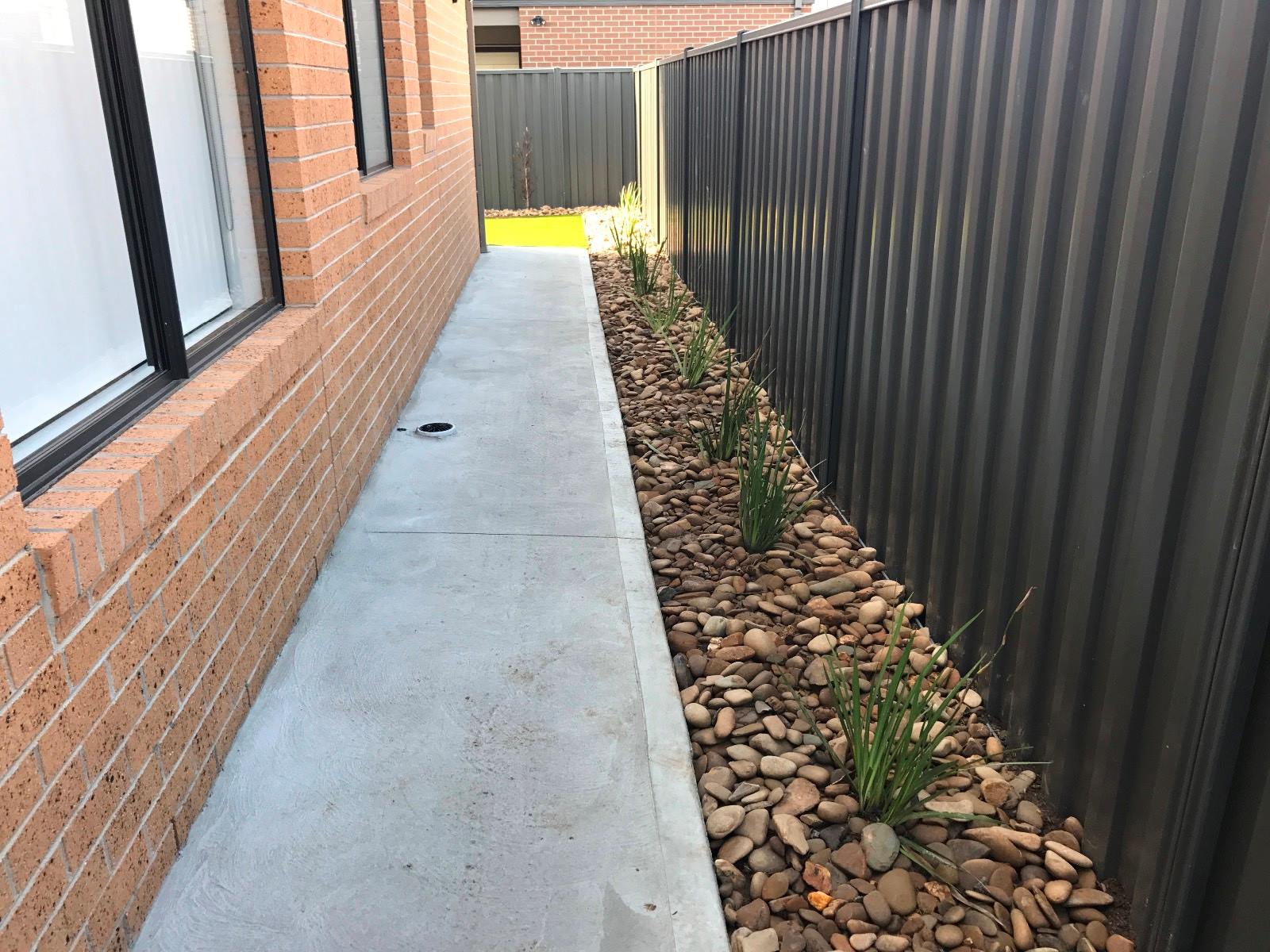
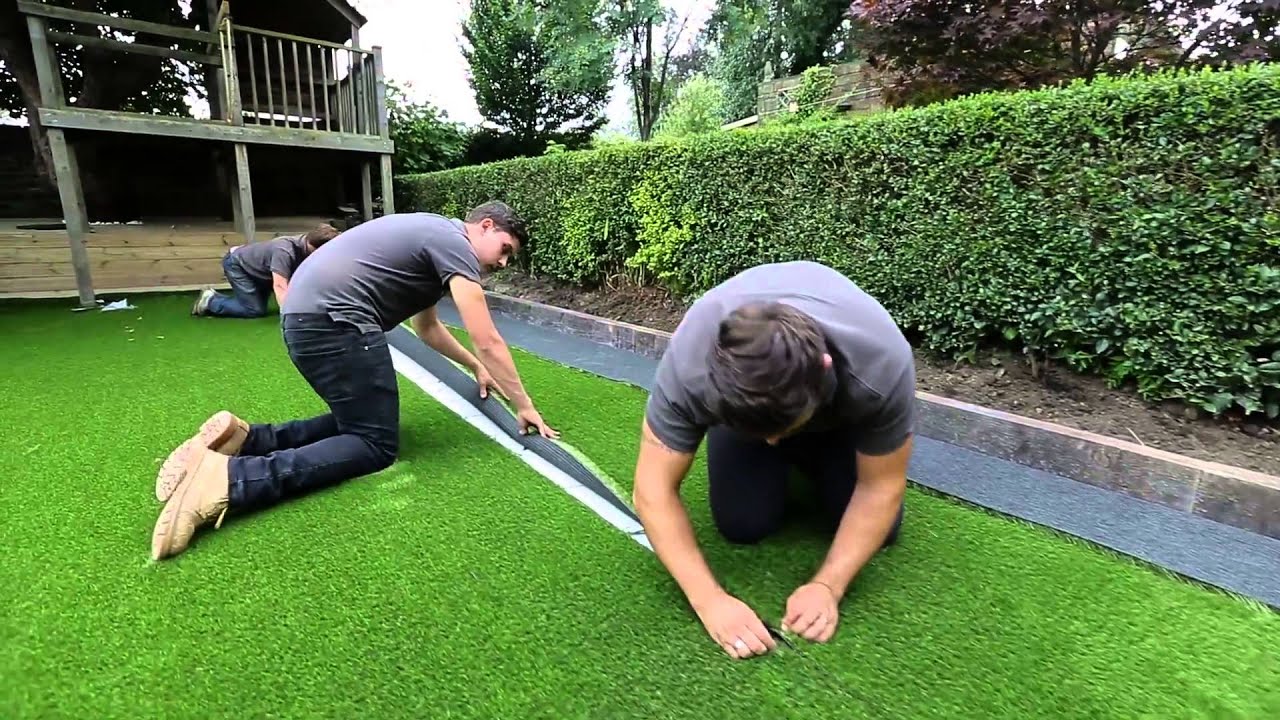
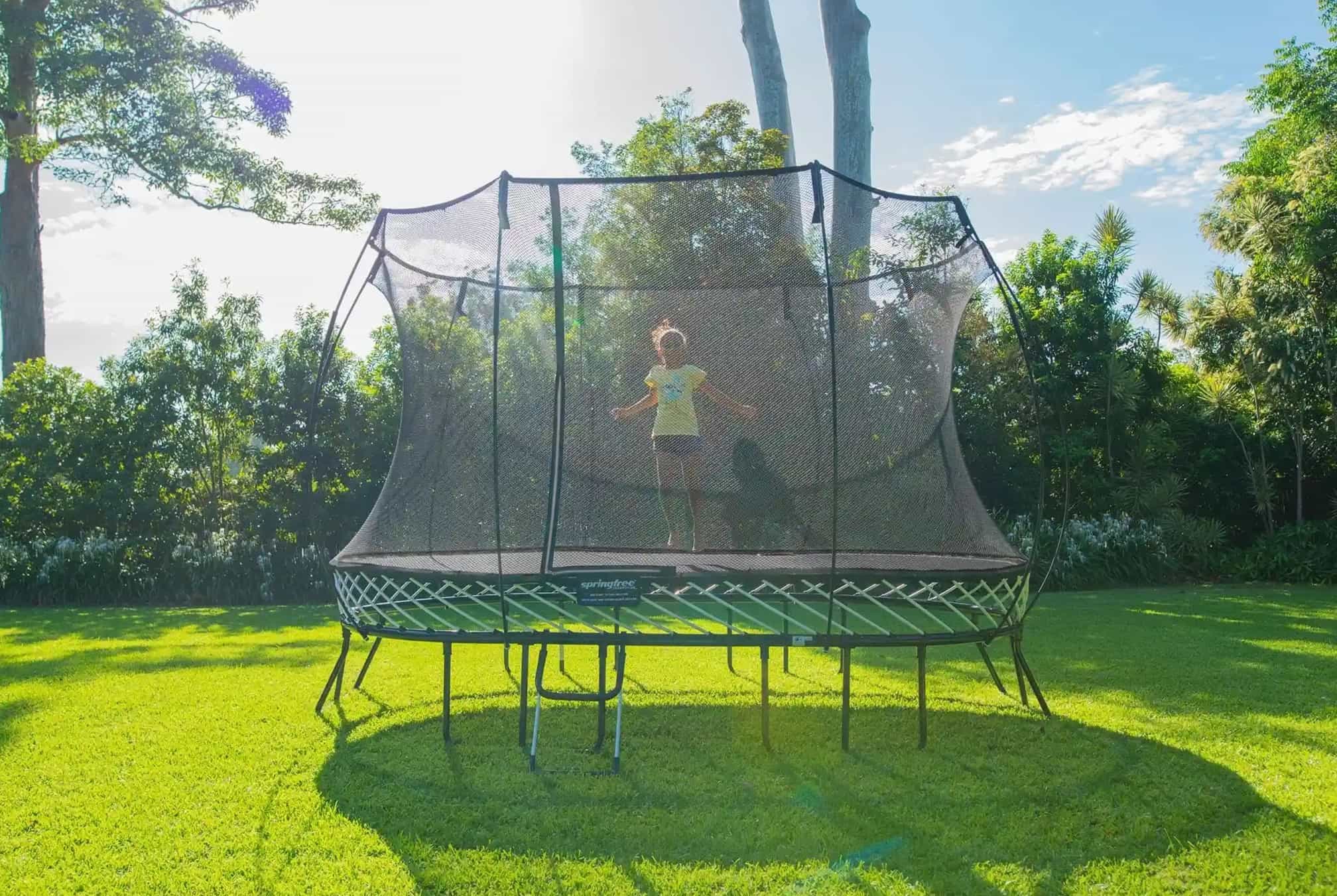
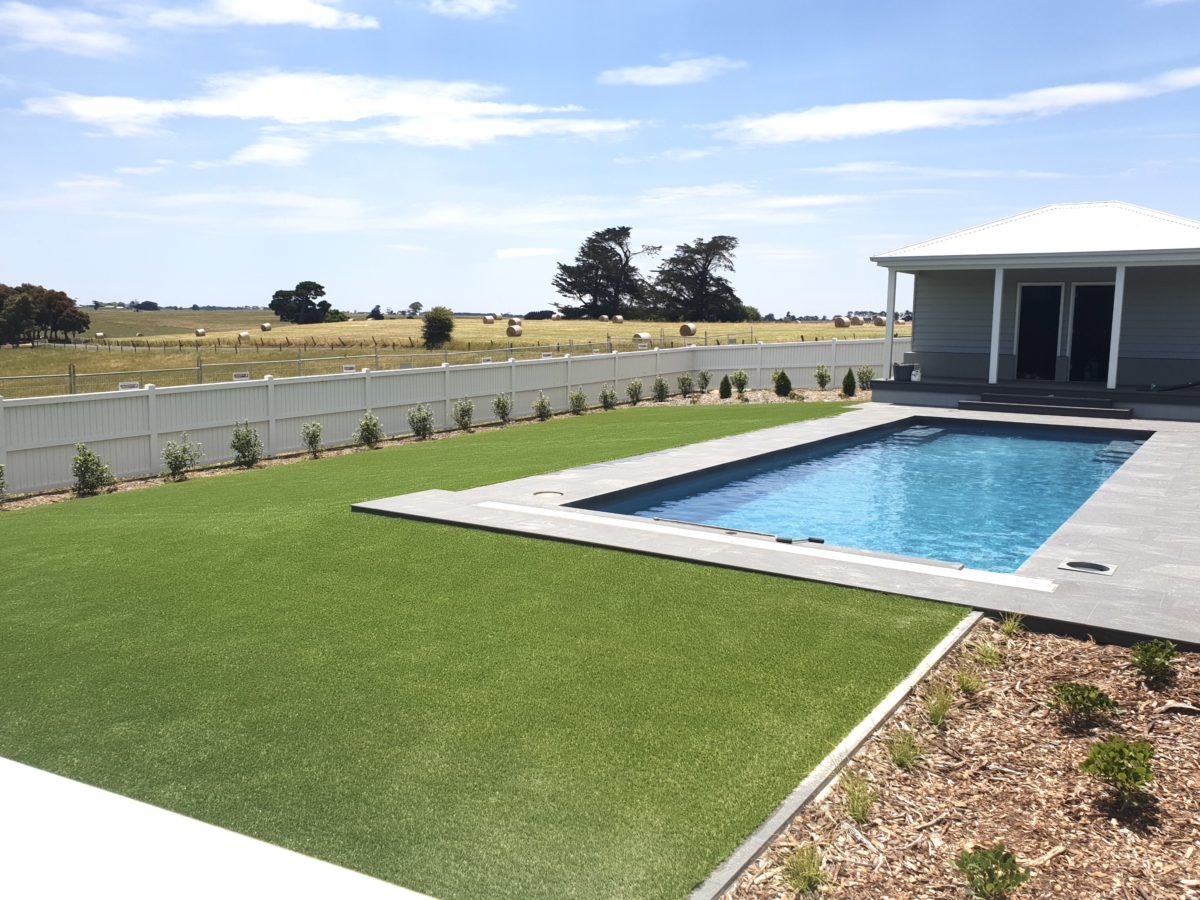
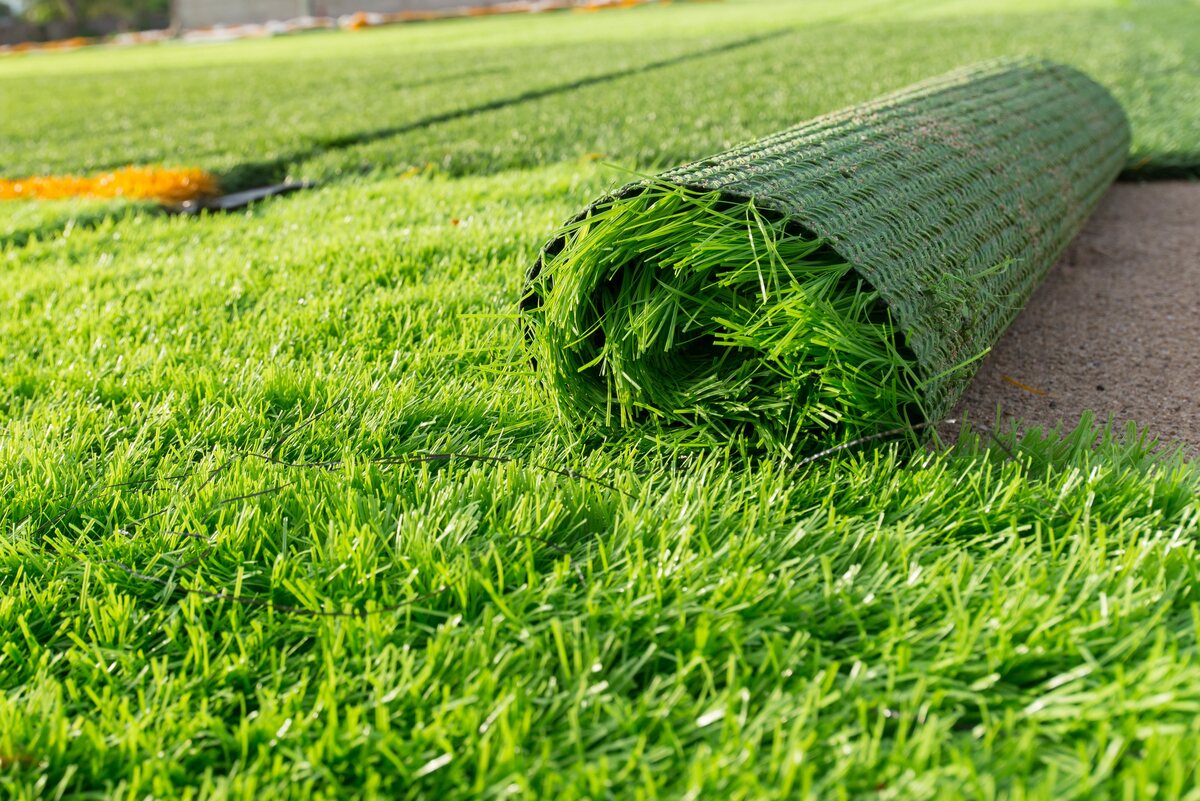
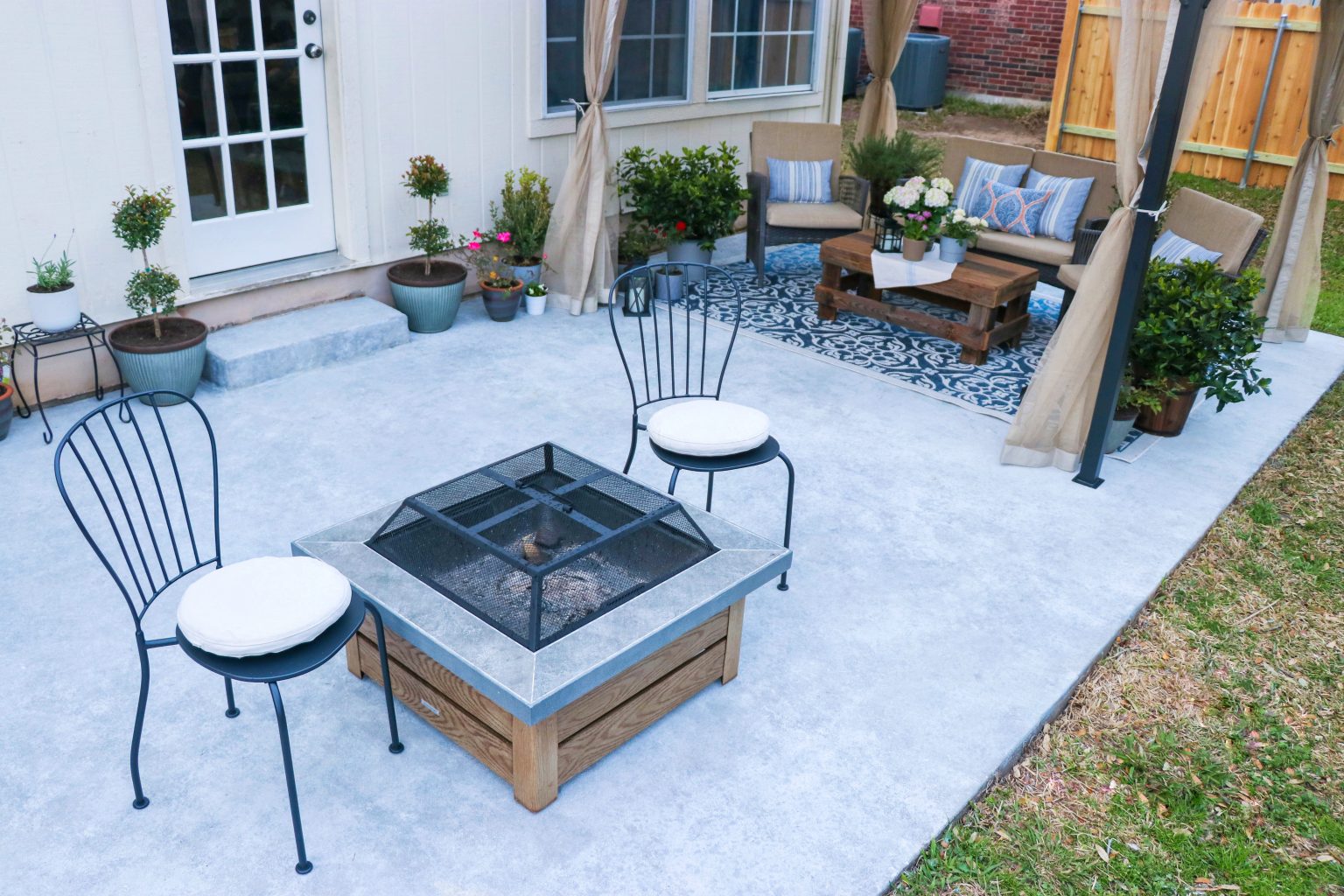
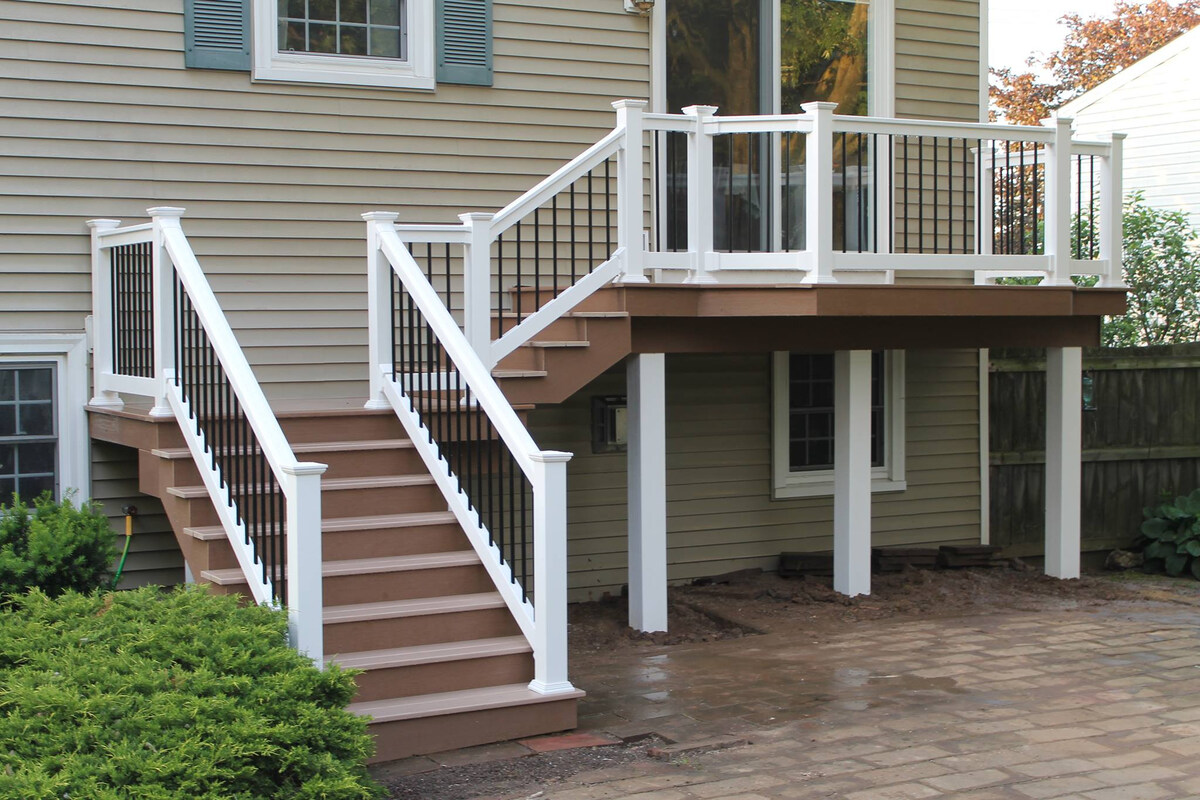

0 thoughts on “What To Put Under Artificial Grass On Concrete”